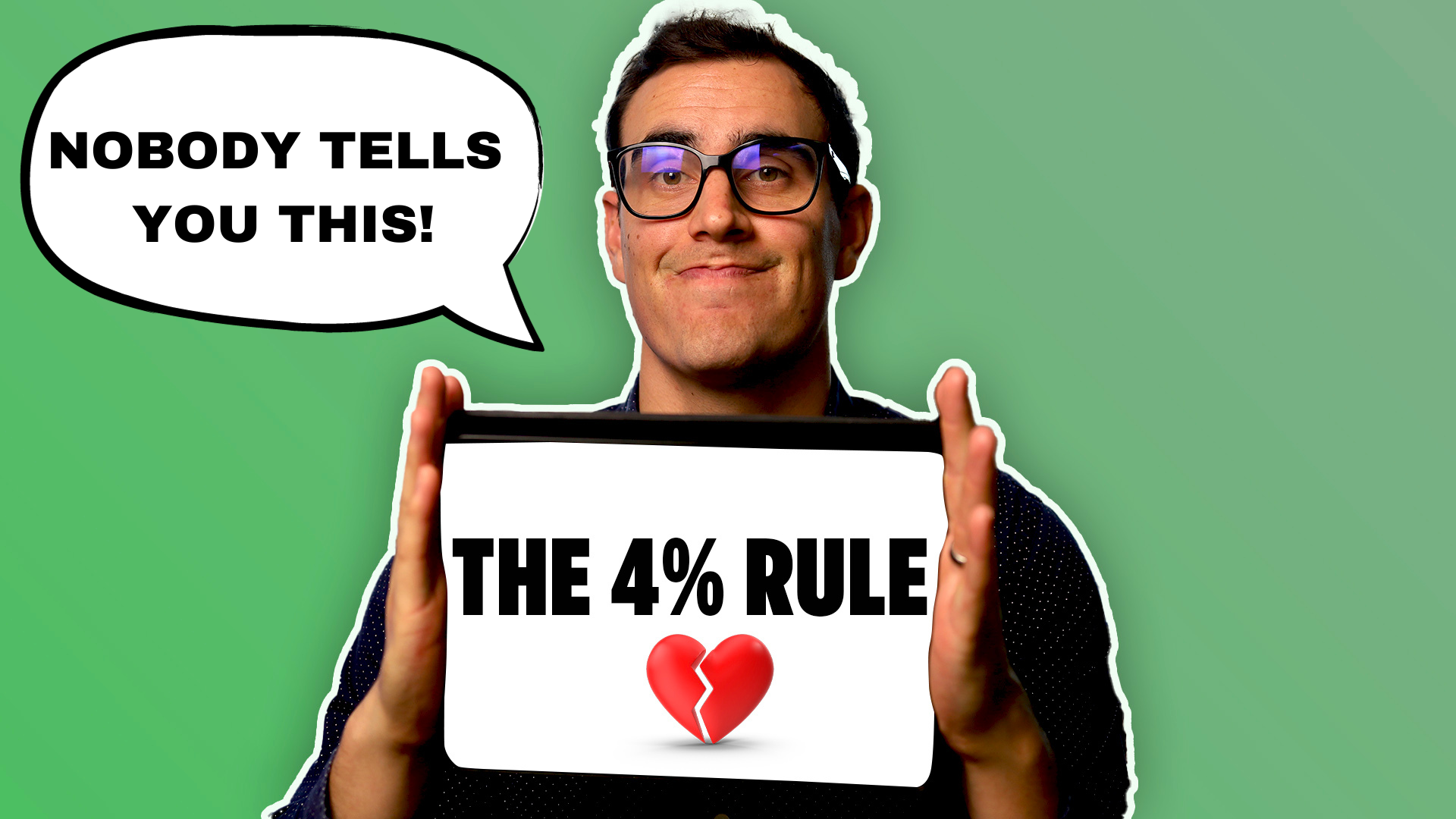How much do you need to retire early?
Starting your retirement planning on fundamental rules of thumb is an okay start for back of the napkin math; however, relying SOLELY on a rule of thumb for your entire early retirement strategy is not ideal and may result in working longer and saving MORE than you need.
Click here to watch!
Ever wondered how much you need to retire early? With almost 2 billion results on Google, finding the right answer can be like searching for a needle in a haystack. The confusion surrounding retirement calculations often leads people to work longer than necessary, delaying the pursuit of happiness.
The 4% Rule: A Traditional Approach
One commonly encountered rule is the 4% withdrawal rate, considered a safe way to plan for retirement. However, as times change, relying solely on static rules may not be the optimal strategy, especially for those aiming to retire early.
The Problem with Static Rules:
- Ignoring Other Income Sources: Traditional rules often overlook additional income streams like Social Security, pensions, and part-time earnings. This oversight can distort the real picture of your financial needs.
- Market Volatility: Static rules don’t adapt to market fluctuations, potentially leading to suboptimal withdrawal decisions. A dynamic approach, considering market conditions, can provide a more realistic perspective.
- Changing Expenses: Life in retirement evolves, with spending patterns resembling a “retirement smile.” Early active years may require more funds, followed by a decline in spending during later, less active years.
A Dynamic Approach:
Instead of relying on one-size-fits-all rules, consider a dynamic approach. Plan according to your unique circumstances, accounting for various income sources and adapting to changes over time.
Calculating Your Retirement Needs:
Start by determining your desired post-retirement lifestyle. Consider factors like mortgage payments, travel expenses, and other discretionary spending. Rather than beginning with your current portfolio balance, focus on what you want to spend.
A Case Study: Jack and Jill
Let’s examine Jack and Jill, both 55, wanting to spend $10,000 per month after taxes. A simple 4% rule suggests they’d need $3 million. However, when factoring Jill’s $4,000 monthly pension, the shortfall decreases to $6,000.
To optimize their plan, Jack and Jill can adopt a dynamic approach. During prosperous market periods, they allow for a more comfortable lifestyle, while tightening their budget during downturns. This flexible strategy accommodates market volatility.
Conclusion:
Retiring early requires a nuanced approach. Rather than adhering strictly to conventional rules, embrace a more dynamic approach. Consider all income sources, adapt to market conditions, and account for changing spending patterns. By doing so, you can retire confidently, enjoying financial freedom on your terms.
The Retirement Recap
Join the 1,000+ other retirees and get weekly articles and videos to help you retire with confidence.
Subscribers also gain access to our private monthly client memo.
This does not constitute an investment recommendation. Investing involves risk. Past performance is no guarantee of future results. Consult your financial advisor for what is appropriate for you. Disclosures: https://onedegreeadvisors.com/solutions/#disclosures
